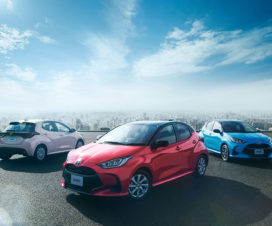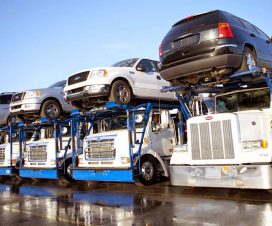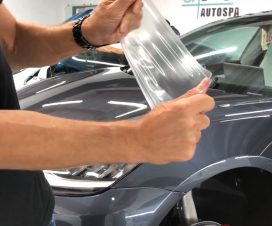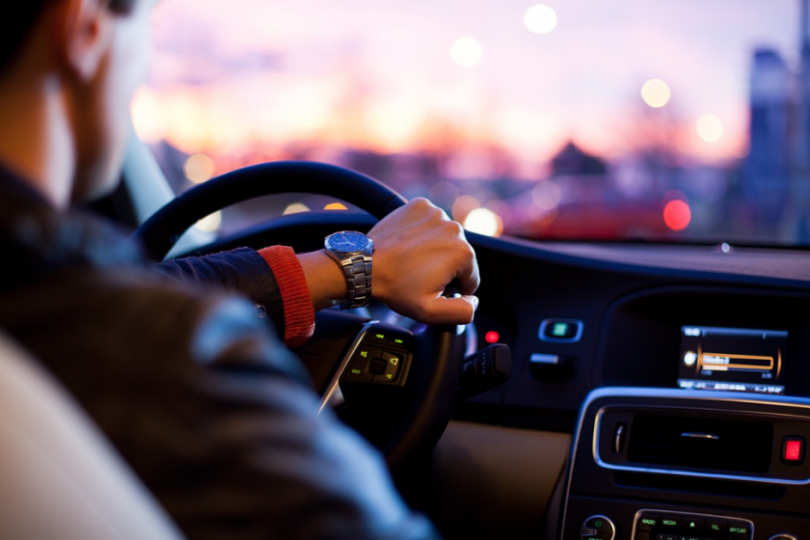 |
Although statistics has shown a decrease in the number of road-related incidents, it’s still feasible for the number to decrease more. In fact, there have already been a total of 1107 road-related deaths in Australia from the beginning of the year to September, that’s lesser from the prior years. Moreover, data has shown that most road accidents are due to irresponsible driving, such as excessive alcohol drinking and overspeeding.
Thus, the government and related agencies have intensified their campaigns and terms before permitting someone to have a driver’s license. Rigorous training and seminars were conducted to educate the drivers about how vital road safety is. Most importantly, it would be beneficial if you practice what you have learned. With that said, we provide some helpful life-saving driving tips to guide you on your way.
1. Intensive Driving Lesson

Source: ltrent.com.au
Learning to drive a vehicle doesn’t happen in one snap. It requires weeks or months and the assistance of driving professionals before you learn it. Therefore, you must know the basics of driving from legal and trusted driving firms, and if you’re around in Melbourne, learning in the Driving Zone is the best decision you’ll ever make. They will provide intensive driving lessons that would be vital for your safety.
2. Obey traffic rules
One of the leading causes of road accidents is the disobedience of traffic rules. Although there are already large signages on the roadsides, drivers seem to disregard them. And most often than not, these drivers are prone to severe accidents. Besides, the violations they commonly commit are those fundamental rules in driving, such as overspeeding, not wearing the seatbelt, and not following the traffic light signs.
3. Wear Your Seatbelt
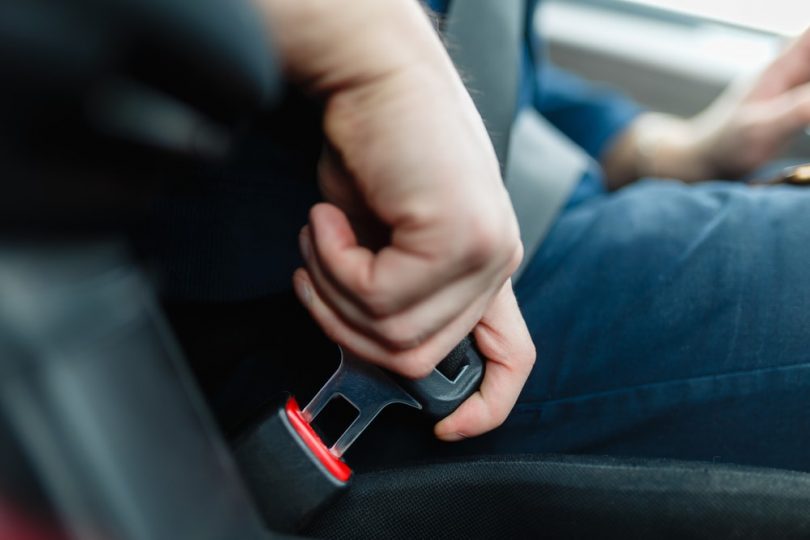
Source: salpetergitkin.com
Some people tend to forget or intentionally not put on seat belts during travels. But remember, as drivers and passengers must abide by the safety driving guidelines provided by the law because it’s proven that when you buckle up the seatbelt, neither minor nor major collisions could cause severe injuries.
4. Check Your Car Regularly
When you plan to travel on a long journey with your family, you must first check your vehicle’s condition. It’s important that you fix the things that need to be fixed and bring the essential tools in case the car would need to change the tires or when the machine begins to heat and smoke. To make it easier for you to remember the key parts on your car that needed to be checked, just say B.L.O.W.B.A.G.E.T.S, an acronym that means:
-
Battery
Ensure that the car’s battery is not empty and purchase an extra battery to save you if the vehicle stops.
-
Lights
Check and fix your lights to avoid a clash at night.
-
Oil
Always measure your car’s oil level because if it’s low or empty, the wheels will be immobilized.
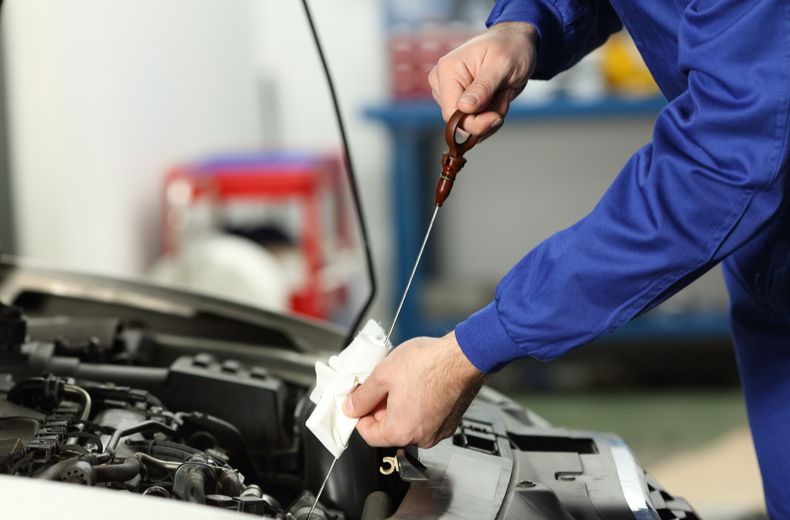
Source: rac.co.uk
-
Water
Store a gallon of distilled water to cool the radiator if it overheats.
-
Brake
To avoid faulty brakes, check its condition by fully depressing the brake pedal while the engine is on.
-
Air
The combustion engine, which allows the car to move, needs air to burn fuel. Thus, make sure that the air filter and air collector box are working well.
-
Gas
Don’t let your vehicle ran-out of gas if you don’t want to be stuck in the middle of traffic or nowhere.
-
Engine
Regular tune-ups would resolve any engine problems.
-
Tire
Bring an extra set of tires and tools in case a wheel pops and shrink on the road.
-
Self
Importantly, prepare yourself. You must be conditioned and in proper shape before driving.
5. Be Cautious When Driving During Bad Weather

Source: wbtv.com
The weather condition can be one of your worst enemies when you travel. During winter, there’s low visibility due to heavy snow. It would be difficult for you to determine the vehicles in front of you. The road can be slippery, which would be challenging to maneuver. Meanwhile, when heavy rain comes, there’s also little to no visibility. Roads are submerged in water, which makes it more challenging.
6. Avoid Distractions
Distractions are the things that keep you unfocus when driving. These things could be visual, tactile, or hearing obstructions. Therefore, you must remain focused on the road and the surrounding. Refrain from using mobile phones and avoid your eyes from wandering too much. Tone down the music volume so that you would be able to hear if someone’s blowing a horn. And, don’t do unnecessary actions that involve hand movements, such as texting.
7. Don’t Be A Reckless Driver; Keep Your Temper
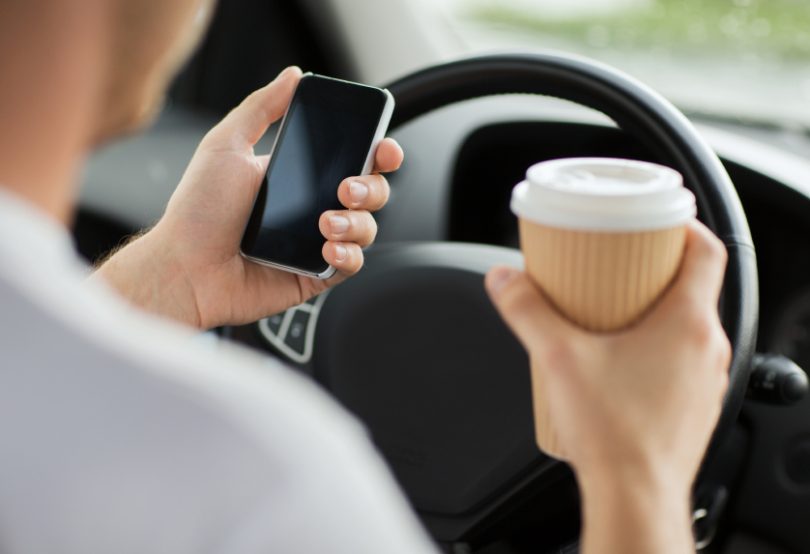
Source: callonfitz.com
On the road, some instances heighten your temper, especially if you encounter a misbehaving driver or there’s heavy traffic ahead, and you’re almost late for your meeting or work. With that said, maintaining your temper and sanity makes you calmer despite what you are experiencing.
8. Don’t Drive When Drunk
When you drink an excessive amount of alcohol before driving, it can impair your vision and hearing. If you’re going to a party and plan to do binge drinking, don’t drive a car. Meanwhile, if you know that you’re already tipsy or drunk and unable to think thoroughly, it would be better if you take a nap or have a complete sleep and leave after your body is over with the alcohol.
9. Don’t Overspeed
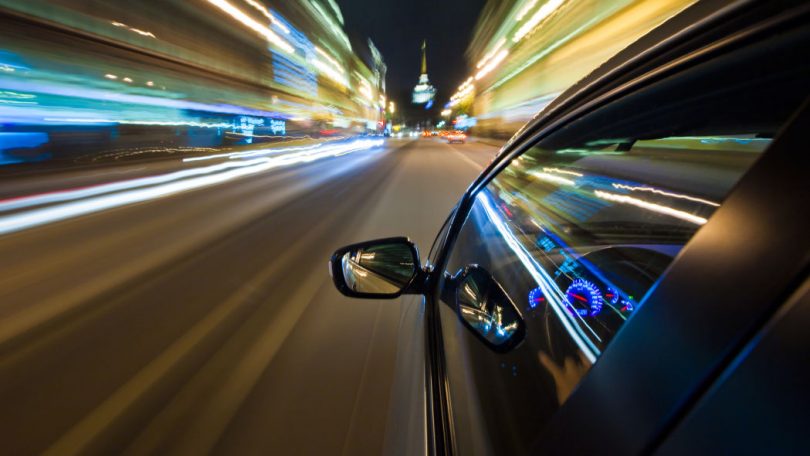
Source: autoblog.com
If you think that overspeeding will make you look cool, well, it’s not at all! You’re only putting yourself and passengers’ lives on the brink of death. Indeed, overspeeding is the leading cause of road-related deaths. With technology innovations, traffic enforcers and officers use a speed checker with an installed camera that accurately detects whether the vehicle is exceeding or just within the required speed limit.
10. Follow Traffic Lights
Traffic lights are essential road safety signs that regulate the proper flow of vehicles on the road. Since the traffic light is installed on top of a post, every driver can quickly distinguish it. The traffic light has three colors: red, yellow, and green, and each color has different signals.
- Red
When the light turns red, it means stop. - Yellow
Meanwhile, when the light is yellow, it signals the transition of color, from green to red. - Green
Green simply says go.
Takeaway
In a nutshell, when you’re driving, you must consider the safety of the whole more than your own. With that, you must learn the basics of driving and how to be an effective, efficient, and responsible driver on the road. You must also internalize and practice what you have learned so that no lives would be put at risk. Hence, by following these simple life-saving driving tips, your journey becomes worthwhile.


